Employment rate remains at record high
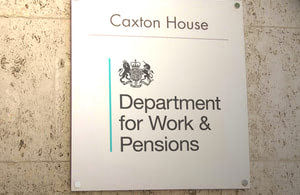
Britain has a joint record high employment rate of 75.6% with 32.39 million people now in work according to the latest official statistics.
The unemployment rate is now 4.2% – down 0.4% since last year – with the number of people out of work falling by 115,000.
The figures published by the Office for National Statistics (ONS) come as Black, Asian and minority ethnic employment (BAME) is at a record high. The BAME employment gap – the difference between the employment rates of the ethnic minority population and the overall population – is at an all-time low of 10.1% points.
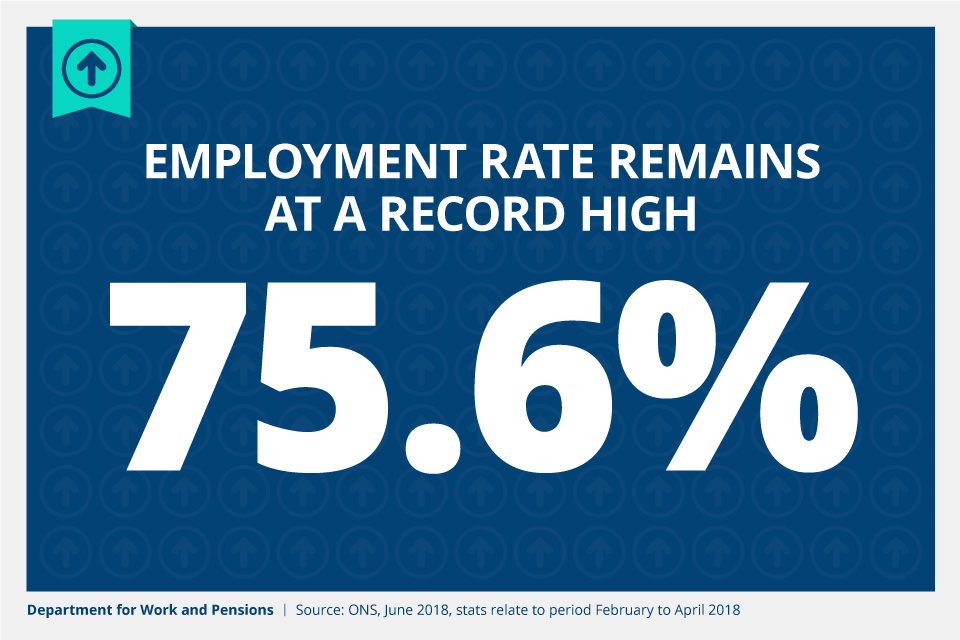
Secretary of State for Work and Pensions, Esther McVey said:
The employment rate has never been higher – with over 3.3 million people moving into work since 2010.
It’s a great British success story with businesses from Exeter to Edinburgh creating jobs – helping, on average 1,000 people find a job each and every day since 2010.
And with the increase in the personal tax allowance, this government has ensured that people are keeping more of their money before they begin paying tax – meaning more take-home pay, that’s more money in your pocket for you and your family.
Minister for Employment, Alok Sharma said:
At 75.6%, the employment rate has never been higher, with more people in work than ever before. And with a continued fall in unemployment, we have a strong jobs market that’s set 17 new employment rate records since 2010.
It’s also very welcome news that the ONS has reported that regular pay has outpaced inflation for the third month in a row.
The increase in personal allowances means that the typical basic rate taxpayer is now paying £1,075 less in income tax than in 2010. Thanks to the National Living Wage full time minimum wage workers have had an annual boost of £2,000 since 2016.
Today’s figures also show:
- private sector employment is now at 27.04 million, up by over 3.7 million since 2010
- the number of women in work is at a record high of 15.26 million
- youth unemployment has fallen by over 40% since 2010
- the number of workers aged 50 plus has reached a record 10.18 million
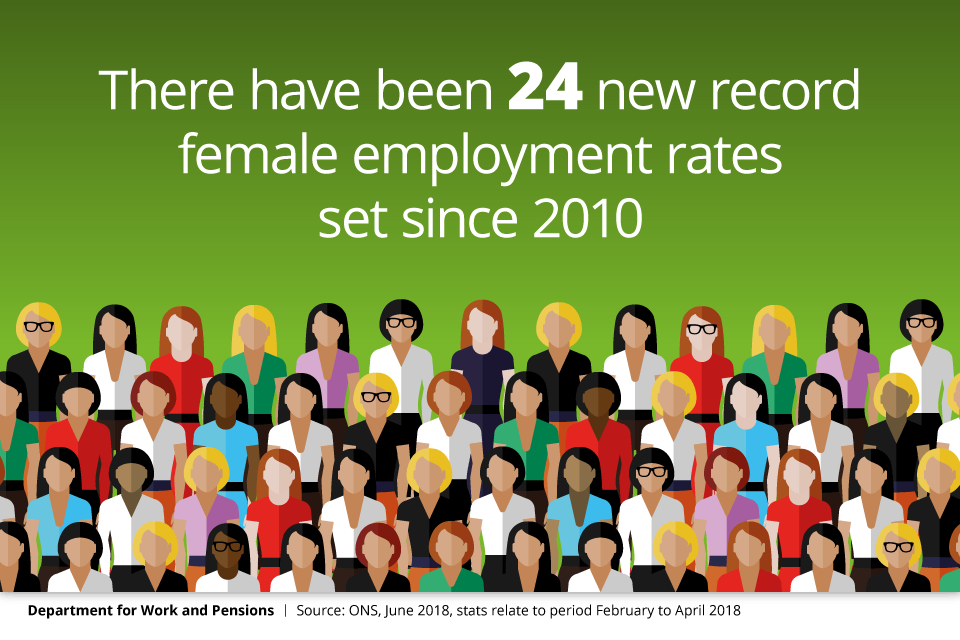
Separate figures released today show that more than 920,000 people are now receiving Universal Credit, with 37% in employment. The rollout of Universal Credit remains on track and the business case summary published last week confirms an estimated £8 billion boost to the economy every year when it is fully rolled out, with an additional 200,000 people moving into work.
The government has reformed welfare to make work pay, backed businesses to take more people on, and built a stronger, fairer economy. But we want to help even more people benefit from a well-paid job. That’s why we are:
- introducing a modern Industrial Strategy to help businesses create better, higher-paying jobs in every part of the UK
- helping people stay in work longer with our Fuller Working Lives strategy, which supports employers to recruit, retrain and retain older workers
- tackling inequalities in employment highlighted by the Race Disparity Audit, through targeted support in 20 areas around the country and £90 million announced by the Prime Minister to help young people
We are also arranging work experience sessions for students through Jobcentre Plus in over 1,400 schools. The scheme is being rolled out across the country, to ensure young disadvantaged kids aged 12 to 18 get opportunities including work experience to learn about the world of work and consider future career options. So far, the partnership between Jobcentre Plus and local schools has resulted in around 12,000 sessions for pupils, parents and teachers helping to prepare pupils for the world of work.
Read the Labour Market Statistics – June 2018 from the Office for National Statistics.



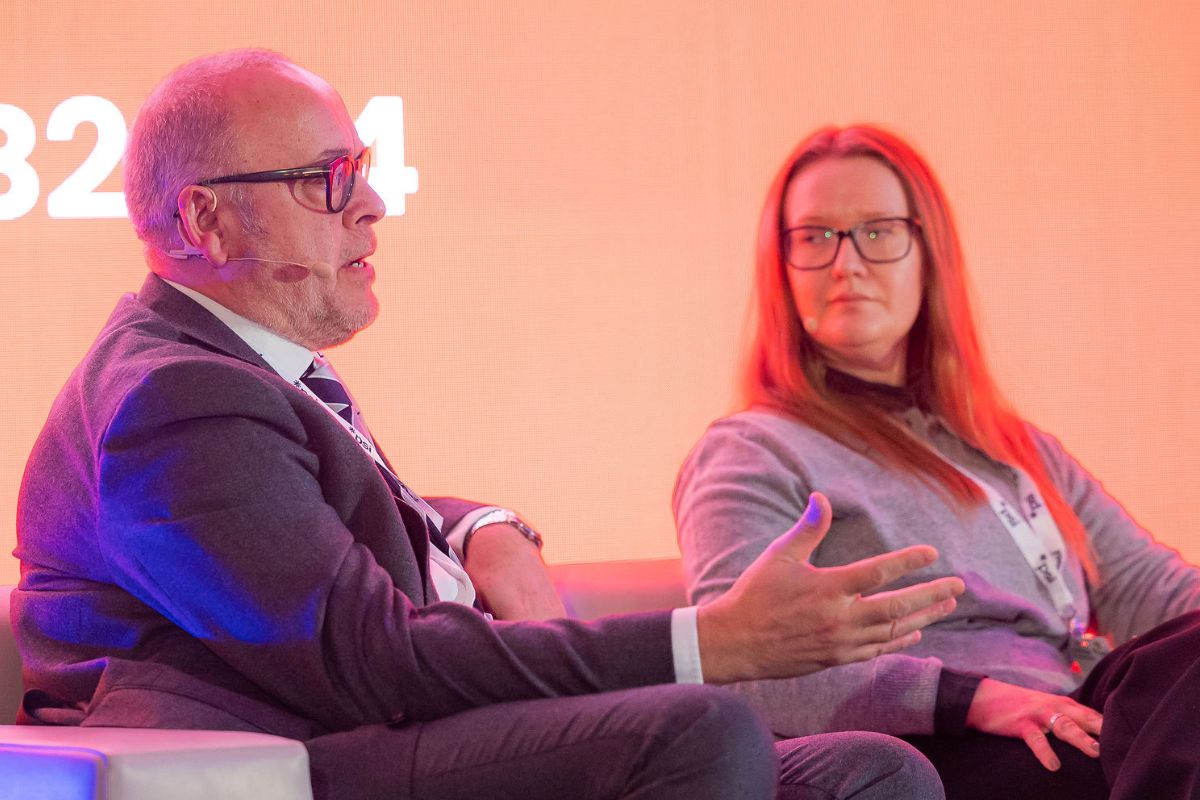


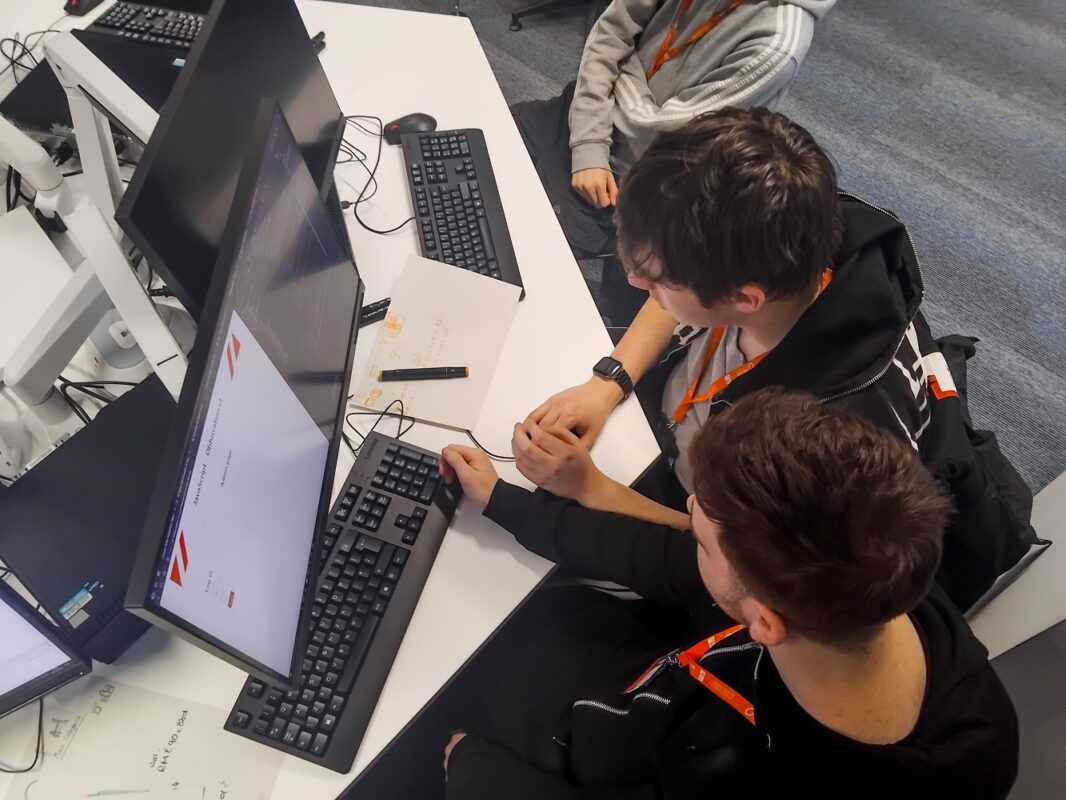




Responses